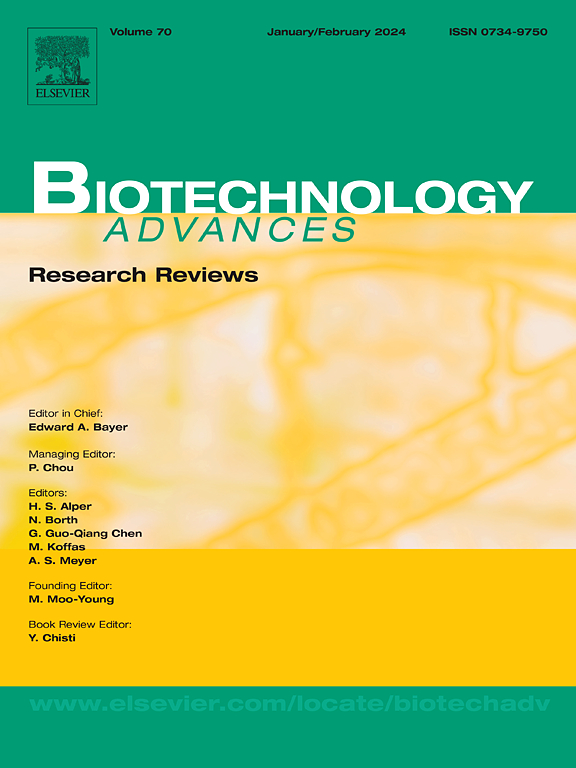Heparin and heparin-like modifications in hemodialysis membranes: Current innovations and future directions
IF 12.1
1区 工程技术
Q1 BIOTECHNOLOGY & APPLIED MICROBIOLOGY
引用次数: 0
Abstract
Heparinized hemodialysis membranes represent a significant advancement in improving the biocompatibility and anticoagulant properties of dialysis treatments. This review explores the current challenges and innovations in developing these membranes, focusing on the incorporation of heparin and heparin-like substances to reduce protein adsorption, platelet adhesion, and clot formation. The methods for heparin immobilization, including covalent bonding, layer-by-layer assembly, and blending, offer promising results in enhancing membrane performance. However, issues such as long-term stability, large-scale production, and cost-effectiveness remain critical barriers to their widespread adoption. The review also highlights the role of surface activation techniques and nanotechnology in improving the functionality of heparinized membranes. Advanced methods like plasma treatment and polymer grafting provide better heparin attachment, while nanomaterial integration allows for improved blood compatibility and controlled heparin release. Despite these innovations, challenges such as heparin degradation, uneven coating, and the complexity of scaling up remain unresolved. Future research should focus on optimizing heparin distribution, enhancing durability, and making the production process more cost-efficient. This paper outlines potential interdisciplinary approaches, such as bioinspired materials and nanotechnology applications, to address these challenges and pave the way for next-generation hemodialysis membranes that are safer, more effective, and more accessible.
血液透析膜中的肝素和肝素样修饰:当前的创新和未来的方向。
肝素化血液透析膜在改善透析治疗的生物相容性和抗凝性能方面取得了重大进展。这篇综述探讨了目前开发这些膜的挑战和创新,重点是肝素和肝素样物质的掺入,以减少蛋白质吸附,血小板粘附和凝块形成。肝素固定的方法,包括共价键、层接层组装和共混,在提高膜性能方面提供了有希望的结果。然而,诸如长期稳定性、大规模生产和成本效益等问题仍然是其广泛采用的关键障碍。综述还强调了表面活化技术和纳米技术在改善肝素化膜功能方面的作用。先进的方法,如血浆处理和聚合物嫁接提供了更好的肝素附着,而纳米材料的整合允许改善血液相容性和控制肝素释放。尽管有这些创新,但诸如肝素降解、涂层不均匀以及扩大规模的复杂性等挑战仍未得到解决。未来的研究应集中在优化肝素分配,提高耐久性,使生产过程更具成本效益。本文概述了潜在的跨学科方法,如生物启发材料和纳米技术应用,以解决这些挑战,并为更安全、更有效和更容易获得的下一代血液透析膜铺平道路。
本文章由计算机程序翻译,如有差异,请以英文原文为准。
求助全文
约1分钟内获得全文
求助全文
来源期刊

Biotechnology advances
工程技术-生物工程与应用微生物
CiteScore
25.50
自引率
2.50%
发文量
167
审稿时长
37 days
期刊介绍:
Biotechnology Advances is a comprehensive review journal that covers all aspects of the multidisciplinary field of biotechnology. The journal focuses on biotechnology principles and their applications in various industries, agriculture, medicine, environmental concerns, and regulatory issues. It publishes authoritative articles that highlight current developments and future trends in the field of biotechnology. The journal invites submissions of manuscripts that are relevant and appropriate. It targets a wide audience, including scientists, engineers, students, instructors, researchers, practitioners, managers, governments, and other stakeholders in the field. Additionally, special issues are published based on selected presentations from recent relevant conferences in collaboration with the organizations hosting those conferences.
 求助内容:
求助内容: 应助结果提醒方式:
应助结果提醒方式:


